Airport type public Elevation AMSL 56 ft / 17 m 8,000 2,438 Operator Slemon Park Corporation | Time zone AST (UTC−04:00) 06/24 8,000 | |
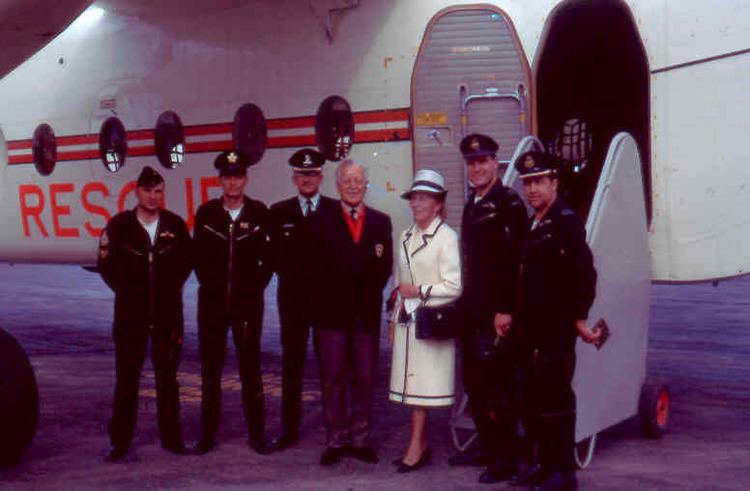 | ||
Location Summerside, Prince Edward Island | ||
Canadian Forces Base Summerside (CFB Summerside) was an air force base located in St. Eleanors, Prince Edward Island, Canada, now part of the city of Summerside.
Contents
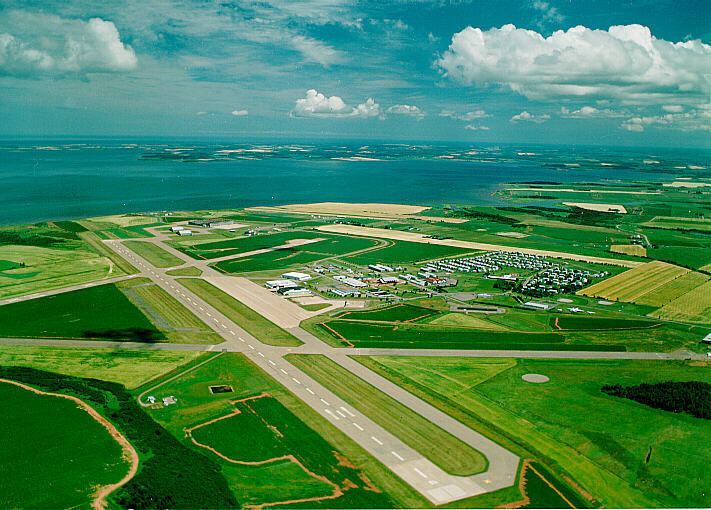
RCAF Station Summerside
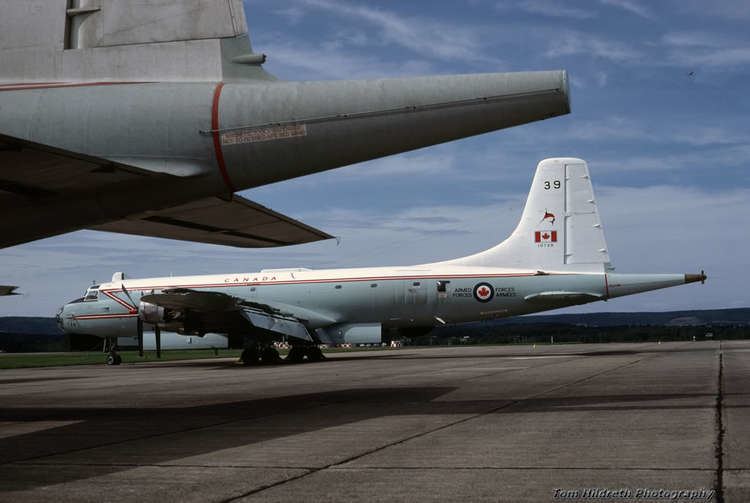
The airfield was constructed by the Royal Canadian Air Force (RCAF) between 1940–1941 and was named RCAF Station Summerside.
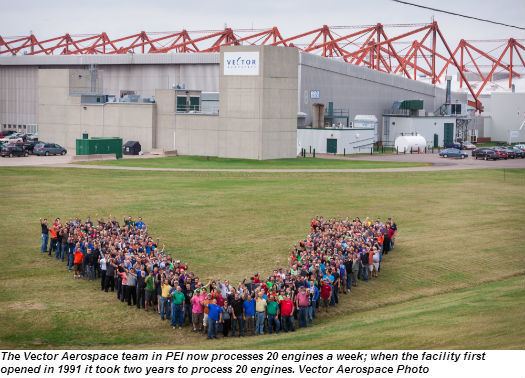
It was home to No. 9 Service Flying Training School (SFTS), a flight school that operated under the British Commonwealth Air Training Plan. Relief or emergency airfields were located at nearby RCAF Station Mount Pleasant and Wellington. Airmen were trained on Harvards. In July 1942 No. 9 SFTS moved to RCAF Station Centralia and was replaced by No. 1 General Reconnaissance School (GRS) which flew Ansons. No. 1 GRS was changed to No. 1 Reconnaissance and Navigation School in 1945.
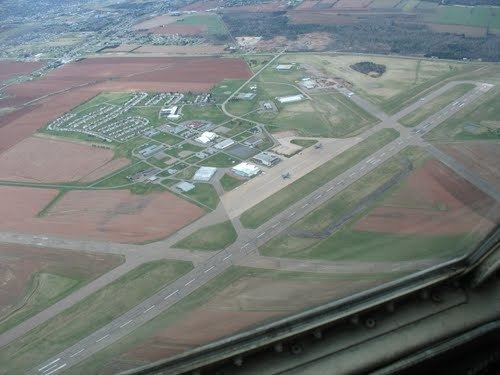
The station was closed in 1946 but reopened in 1947 with the formation of No. 1 Air Navigation School (ANS). This was a NATO training facility. No. 1 ANS left in 1953 and the Central Navigation School was established. In 1949 No. 2 (Maritime) Operational Training Unit started operation. The influx of personnel and their families required the building of more accommodation quarters. In 1949 the base housing was completed and named "Slemon Park" in honour of Air Marshal Roy Slemon.
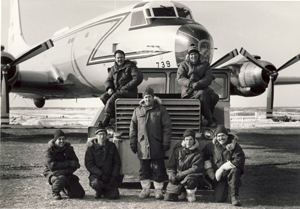
During the Cold War, the base was home to anti-submarine and coastal patrol aircraft such as the Lancaster B.X, CP-122 Neptune (Aurora), CP-107 Argus, and CP-121 Tracker. Other aircraft operated from Summerside include the CC-115 Buffalo and CH-113 Labrador. These aircraft were operated by various squadrons and units including No. 2 (Maritime) Operational Training Unit, No. 107 Rescue Unit, 413 Transport and Rescue Squadron, 420 Air Reserve Squadron, 880 Maritime Reconnaissance Squadron (Royal Canadian Navy), 31 Support Air Group (Royal Canadian Navy), and 415 Maritime Patrol Squadron.

On 1 February 1968, the merger of the three service branches into the unified Canadian Forces saw RCAF Station Summerside change its name to Canadian Forces Base (CFB) Summerside.
In 1977, the Government of Canada formally ratified the United Nations Convention on the Law of the Sea (UNCLOS III), which mandated the creation of an Exclusive Economic Zone extending 200 nmi (370 km) off all coasts. This created a requirement for military enforcement of sovereignty to protect natural resources within the EEZ, such as oil and gas reserves, and fisheries.
CFB Summerside's primary mission evolved during the late 1970s and throughout the 1980s into providing support for Fisheries and Oceans Canada, the government department responsible for managing Canada's ocean resources. CP-121 Trackers were used to patrol Georges Bank and the Grand Banks of Newfoundland to monitor foreign fishing fleets. Search and Rescue (SAR) was a secondary role which was no less important to the civilian population of the Maritime Provinces which, relied on SAR aircraft for urgent medevac to large tertiary-care hospitals in Halifax, Nova Scotia and Moncton, New Brunswick, as well as for mariners and air crew who frequently found themselves in distress, requiring rescue.
The 1989 federal budget cuts to the Department of National Defence identified CFB Summerside as a candidate for base closure. In 1991 the base was closed and the majority of military units were transferred to CFB Greenwood in Nova Scotia.
Current use
The entire property including airfield, housing units, hangars and support structures was renamed Slemon Park and was transferred to a local development authority named "Slemon Park Corporation". Today the site is host to a mix of public and private sector operations, including Vector Aerospace and several other aerospace companies. Employment at Slemon Park facilities now exceeds pre-1991 levels.
The airfield remains active as the Summerside Airport. Though the airfield has the longest runways in the province, it only supports general aviation; scheduled passenger flights are offered at Charlottetown Airport.
During its existence as an air force base, CFB Summerside was jurisdictionally situated in the township of Lot 17. In the 1995 municipal amalgamation that saw the city of Summerside created, the city's municipal boundary was extended to divide the former base, with the Summerside Airport and the industrial facilities of Slemon Park remaining in Lot 17, while the residential area of Slemon Park was placed within the city of Summerside.
